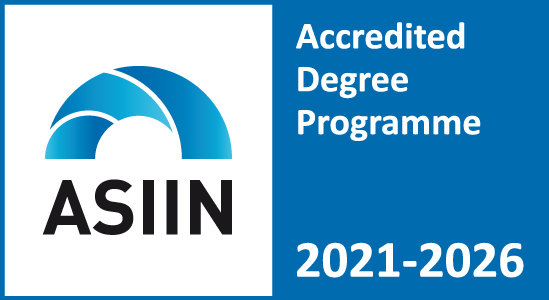Course Title: Teletraffic Engineering and Network Planning
Code: ФЕИТ10029
ECTS points: 6 ECTS
Number of classes per week: 3+0+0+3
Lecturer: Prof. Dr. Vladimir Atanasovski
Course Goals (acquired competencies): Upon finishing the course it is expected that the student will get deep understanding of the traffic theory used in modern telecommunications network and have the ability to plan and dimension modern telecommunication networks for different user services and different levels of users’ quality of experience.
Subject of the course content: Revisit of probability theory. Markov models. Regenerative processes. M/G/1 queueing system. Analysis of M/G/1-FIFO queueing system. Analysis with nested Markov model. Analysis of M/G/1-PS queueing system. Phase method. Analysis of M/G/1-LIFO queueing system. Priorities. Ideal serving discipline of M/G/1 queues. Application of queueing systems for performance analysis of telecommunications networks. Traffic matrices. Topologies. Routing principles. Approximative and exact calculation methods. Load control and service protection. Moe’s principle. Multiservice systems with queues. Types. Networks of queueing systems. Symetrical systems with queues. Open networks. Jackson’s theorem. Closed networks. Traffic measurements. Continuous and discrete measurements. Application of probability theory models and stochastic processes for analysis of measured traffic. Modeling of Internet traffic. Standards and regulation for network planning. ITU recommendation for teletraffic engineering. Traffic prediction in real networks. Economy of telecommunications networks. Research challenges in the area.
Literature:
| Required Literature | ||||
| No. | Author | Title | Publisher | Year |
| 1. | W. Yue, Y. Takahashi, H. Takagi | Advances in Queueing Theory and Network Applications | Springer | 2010 |
| 2. | V. B. Iversen | Teletraffic Engineering and Network Planning | ITU Handbook | 2010 |
| 3. | L. Kleinrock | Queueing Systems, Volume 2: Computer Applications | Wiley-Interscience | 197 |



